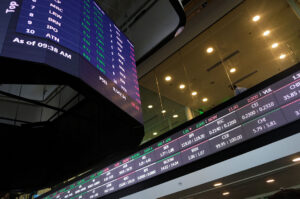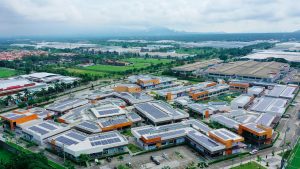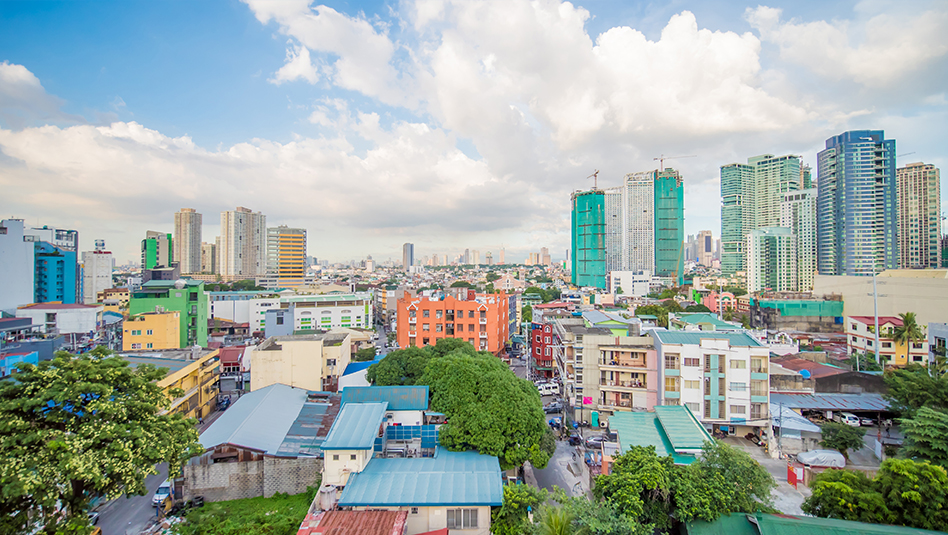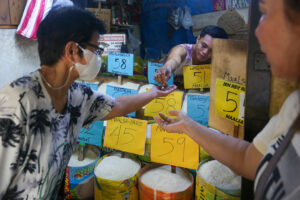Robust household consumption is seen to prop up the economy this year, Fitch Solutions’ unit BMI said, but warned that inflationary pressures and other risks could dampen this outlook.
“We hold a positive outlook for consumer spending in the Philippines in 2025. For 2025, we expect it to be driven mostly by strong economic growth and its feed-through into higher disposable income, as well as a stable labor market,” BMI said in a report.
BMI expects Philippine gross domestic product (GDP) to grow by 6.3% this year and 6.7% in 2026. These projections are within the government’s 6-8% target for both years.
The Philippine economy grew by 5.6% in 2024, missing the government’s 6-6.5% target.
“A deteriorating external demand will likely be a drag on the Philippines’ GDP. However, the private final consumption expenditure will be positive,” BMI said.
Household spending is seen to accelerate to 5.3% this year, it said. Private consumption, which accounts for about three-fourths of the economy, grew by a lackluster 4.8% in 2024.
Consumer confidence has also shown “upward momentum,” amid the continued recovery from the pandemic, BMI said.
In the central bank’s latest consumer expectations survey, an improvement was seen in consumer confidence for the first quarter of this year and the next 12 months. This, amid a more upbeat outlook on higher income, additional sources of income and more available jobs.
“Easing inflationary pressures will provide relief to real household incomes and enable growth in spending,” BMI said.
“A tight labor market will support spending, as real wage growth returns to positive territory, which will support purchasing power over the year,” it added.
On the other hand, BMI noted that risks continue to weigh on private consumption, such as prolonged high inflation and weaker remittances.
“These risk factors will adversely affect household purchasing power, while geopolitical tensions have also emerged as a risk that is likely to impact inflation and interest rates.”
“Although inflationary pressures have largely eased in many markets, price levels remain high, and many households have not yet experienced real wage growth sufficient to restore purchasing power to their pre-2022-2024 inflationary shock levels.”
BMI expects inflation to average 3.3% this year, in line with the Bangko Sentral ng Pilipinas’ (BSP) own forecast. Headline inflation remained steady at 2.9% in January.
“If nominal income growth does not keep pace with inflation, the purchasing power of consumers will deteriorate, which would be a drag to their spending.”
“Prolonged inflation, particularly in relation to food, will mean that consumers will have to increasingly allocate more of their disposable income towards meeting necessities,” it added.
Meanwhile, the peso is seen to “depreciate slightly” this year and settle at PHP 58 against the dollar.
“Despite the roughly 1.7% depreciation of the peso, this is still a relatively positive outcome compared with the depreciation of 11% seen in 2022 and the 2% seen in 2023.”
“The weaker rate in 2025 is due to the combination of a higher expected consumer price index in the Philippines as well as the US Fed’s hawkish tilt,” it added.
In 2024, the peso weakened by 4.28% to close at PHP 57.845 versus the dollar from its end-2023 finish of PHP 55.37. The local currency sank to the record-low PHP 59-per-dollar level thrice last year.
“While persistent intervention by the BSP in the forex market will help to curb depreciatory pressures on the peso, earlier rate cuts by the BSP relative to the Fed will continue to weigh on the currency.”
“Nevertheless, the relatively stable rate will mean that the Philippines, which remains heavily reliant on imports to meet local demand, will see relative stability in import inflation,” BMI added.
Elevated household debt also poses a risk to consumer confidence, BMI said.
“It not only constrains future borrowing capacity but impacts current disposable income levels. This is particularly true as debt servicing costs rise in response to increases in interest rates.”
“In many markets, central banks rapidly hiked interest rates during the 2022-2023 high inflationary period, reaching levels to which most households have not been accustomed over the past decade,” it said.
From mid-2022 to late 2023, the BSP was the most aggressive central bank in the region as it hiked key rates by 450 basis points (bps) to tame inflation.
The BSP began its easing cycle in August last year, lowering borrowing costs by a total of 75 bps by end-2024.
“While interest rates will not reach the previous historical lows of the last decade, easing monetary policy will alleviate some debt servicing cost pressures,” BMI said. — Luisa Maria Jacinta C. Jocson







 DOWNLOAD
DOWNLOAD















